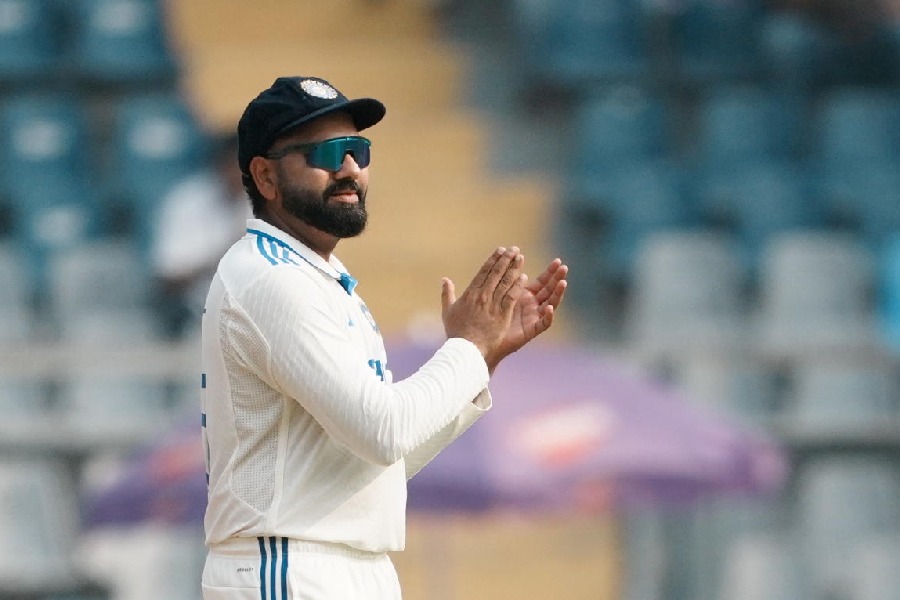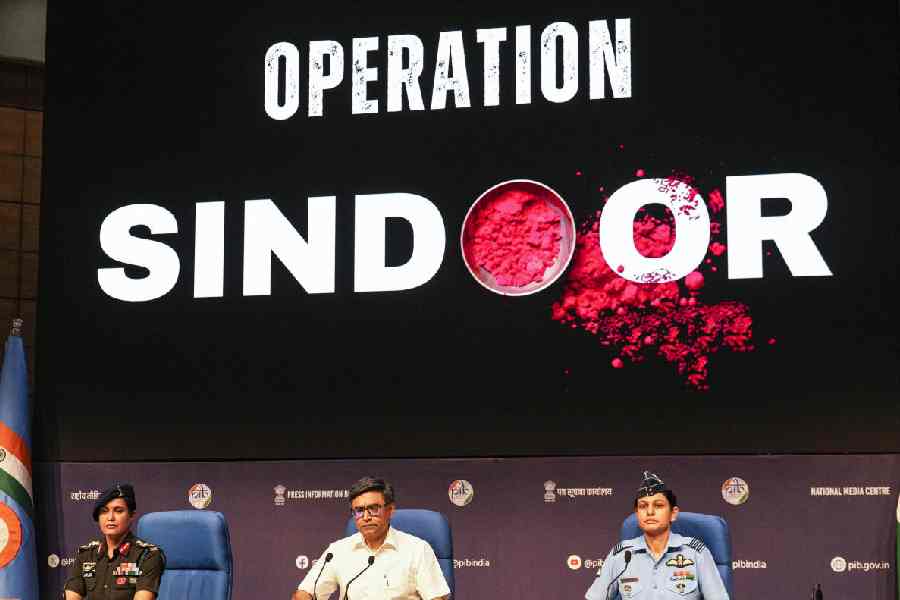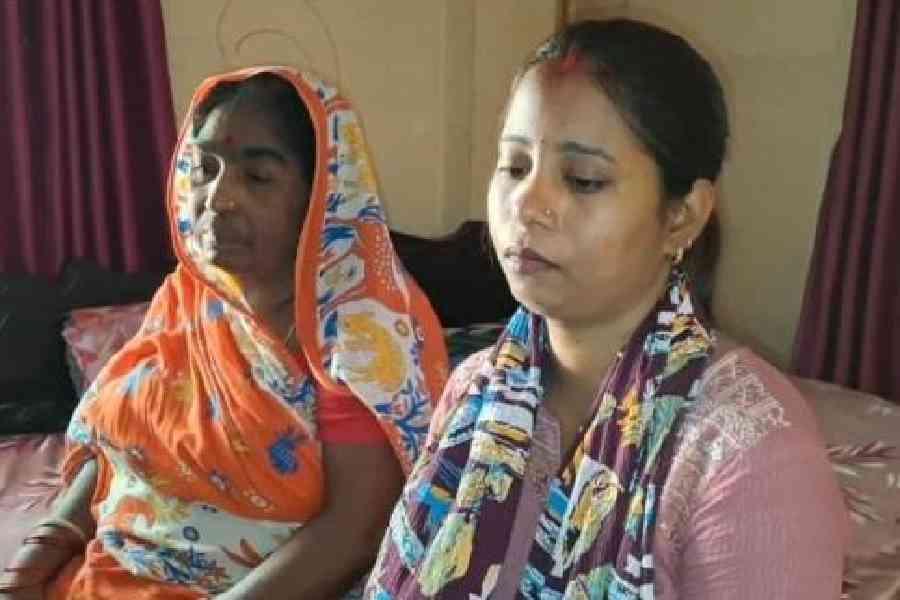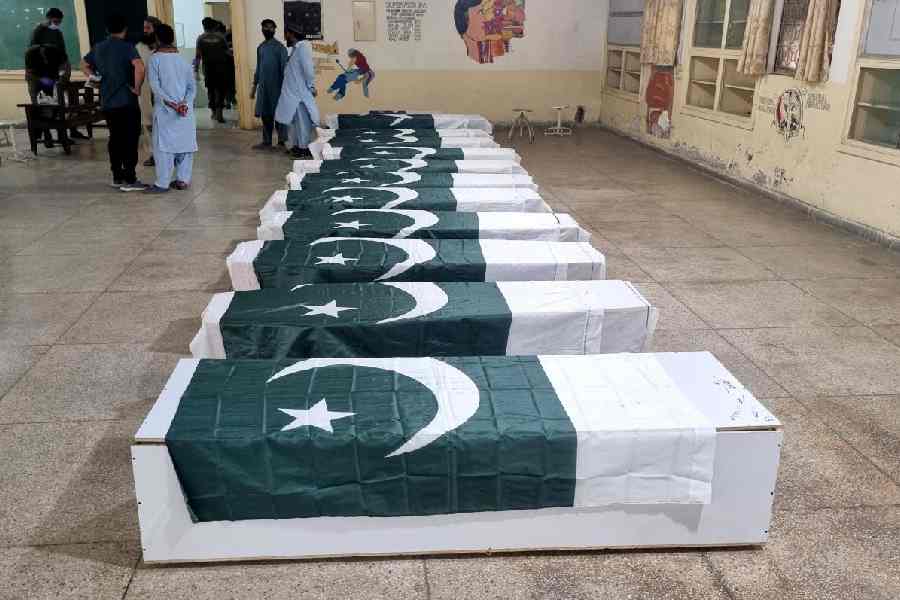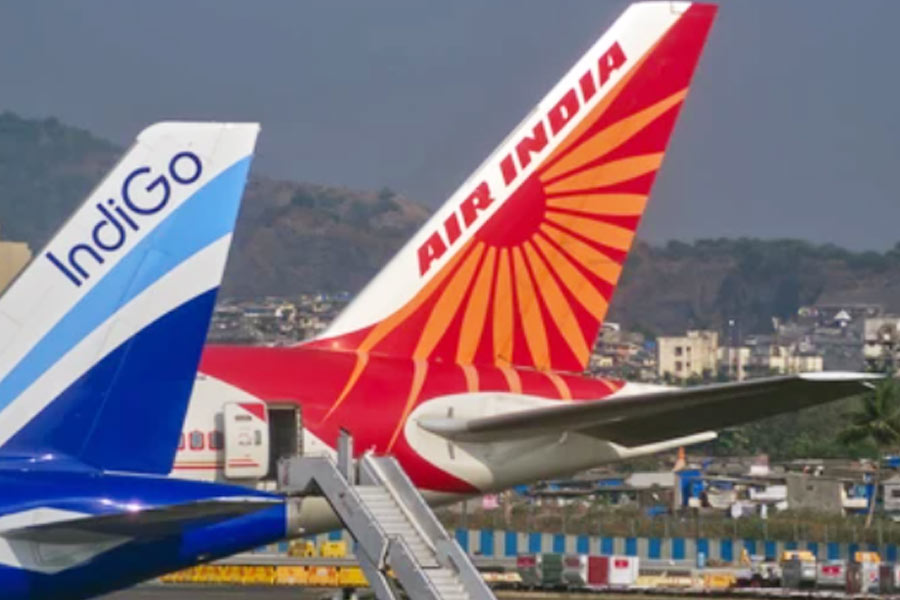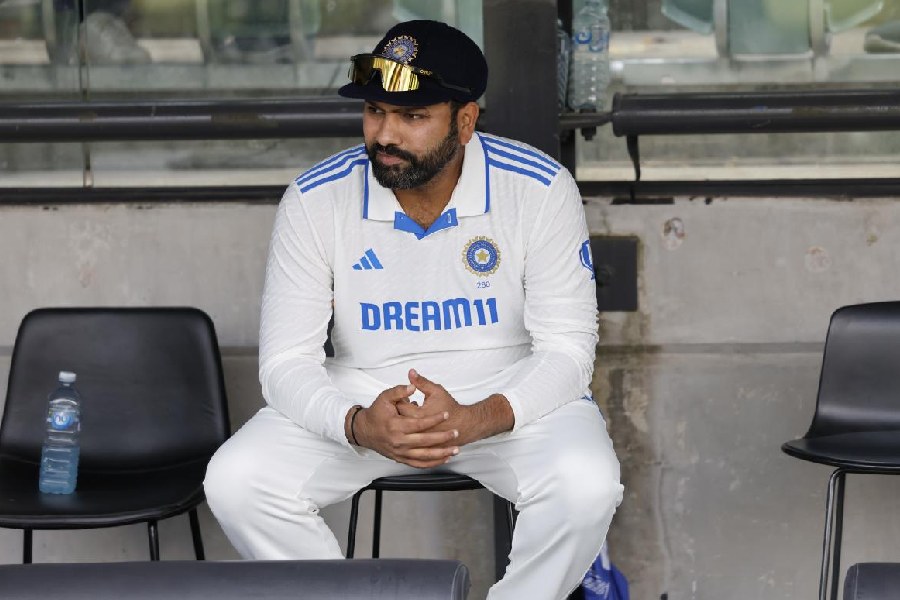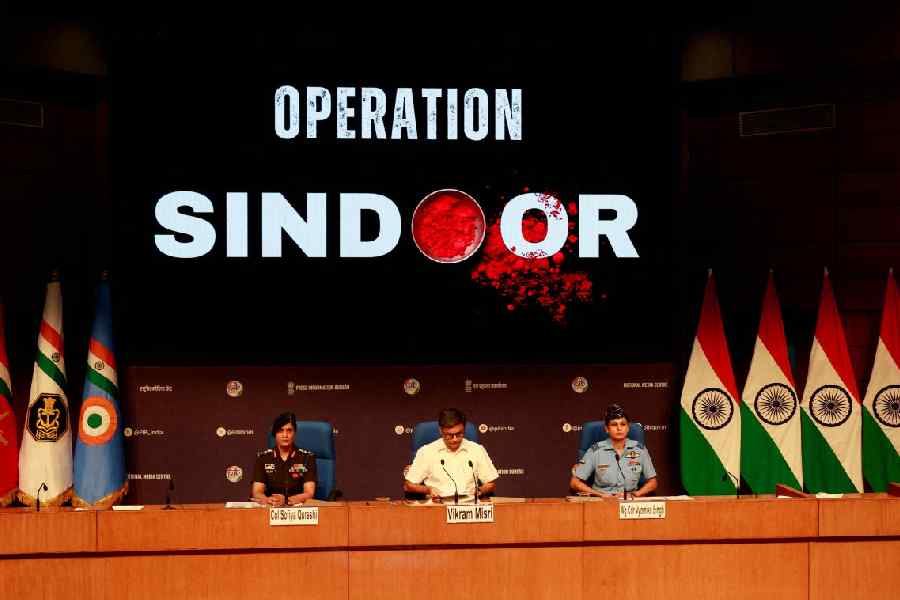 |
| An artist’s impression of the 1857 Revolt |
Jorhat, Oct. 6: Better late than never.
A hackneyed phrase but apt when it comes to an organisation’s initiative to revive the memories of martyrs Maniram Dewan and Piyali Borua 153 years after they were hanged in Jorhat for their role in the Revolt of 1857 termed India’s First War of Independence
The Maniram Dewan and Piyali Borua Smriti Suraksha Samiti formed in June 2009, has been handed over a half katha plot of land of the Jorhat Municipality Board at Phansi Ali — the road that always reminds one of the place where the two were hanged.
The secretary of the samiti, Bhairab Handique, said for more than a year they had been running from pillar to post for a piece of land at the site near the Tocklai river where the two were hanged. Finally, at the behest of Jorhat MLA Rana Goswami, the plot in front of the Sani temple at Phansi Ali was given to them on September 20 by the municipality board after the area was cleared of encroachers.
“Now we can go ahead with our plans and construct two altars where the kin and admirers of the duo can pay homage. We expect the people to donate generously so that the memorials come up,” Handique said.
The president of the samiti, Dimbeswar Dayal Sharma, said they had grand plans to make a resthouse and a park but the plot was so small that everything could not be accommodated.
Earlier, two other organisations had tried to keep alive the memories of Dewan and Borua.
The Itihas Anusandhan Samiti had felicitated their descendants at the JB College auditorium in 2007.
Its president, historian Ajit Kumar Dutta, who has written a book on Maniram Dewan, said though there were two mounds purportedly where the duo were buried at a British graveyard in Cinnamara tea garden in Jorhat, it remained to be proved that these were the places where they were laid to rest.
“The only evidence that we have is that they were hanged by Birai Saudang with a rope made of the strong muga silk fibre at 10am on February 26, 1858. The scaffold was made of chestnut wood imported by Ahom king Kandarpeswar Singha to construct his palace at Jorhat, the last capital of the Ahom rulers. The two were tried for treason on February 23 by a special act of the British and no other laws or traditions were allowed to prevail,” Dutta said.
In 2005, chief minister Tarun Gogoi laid a foundation stone at the convergence of AT Road and bypass on the eastern side for a park and busts of the two to be installed under the initiative of another Maniram Dewan and Piyoli Baruah Smriti Suraksha Samiti.
The secretary of this samiti, Ankur Dutta, said Rs 3 lakh from the chief minister’s personal fund was spent for earth filling, making the base of the busts and the boundary wall but as soon as “we came to know that the area would no longer be there once the proposed four-lane highway was laid, we immediately stopped all work.”
Great grandson of Piyali Borua, Narendra Nath Bezbaruah, a resident of Choladhora, Jorhat, said he was very happy that something was done at last.
“I have been associated with all the associations which have wanted to keep alive the memory of the two but nothing much was achieved. Although late, the revival of their memories at a time when society has been denuded of its values might benefit the present generation who may be inspired by tales of their heroism and sacrifices,” he said.
Great-great granddaughter of Maniram Dewan, Madhumita Baruah, associate professor of the biotechnology department, Assam Agricultural University, Jorhat, also said she was happy that the martyrdom of the two was being memorialised.
“My father Arun Baruah had created a trust in Maniram Dewan’s name and the trust has tried to highlight his contribution to the tea industry as he was the first Indian tea planter and I am glad that his sacrifice for the country is also being remembered,” she said.


